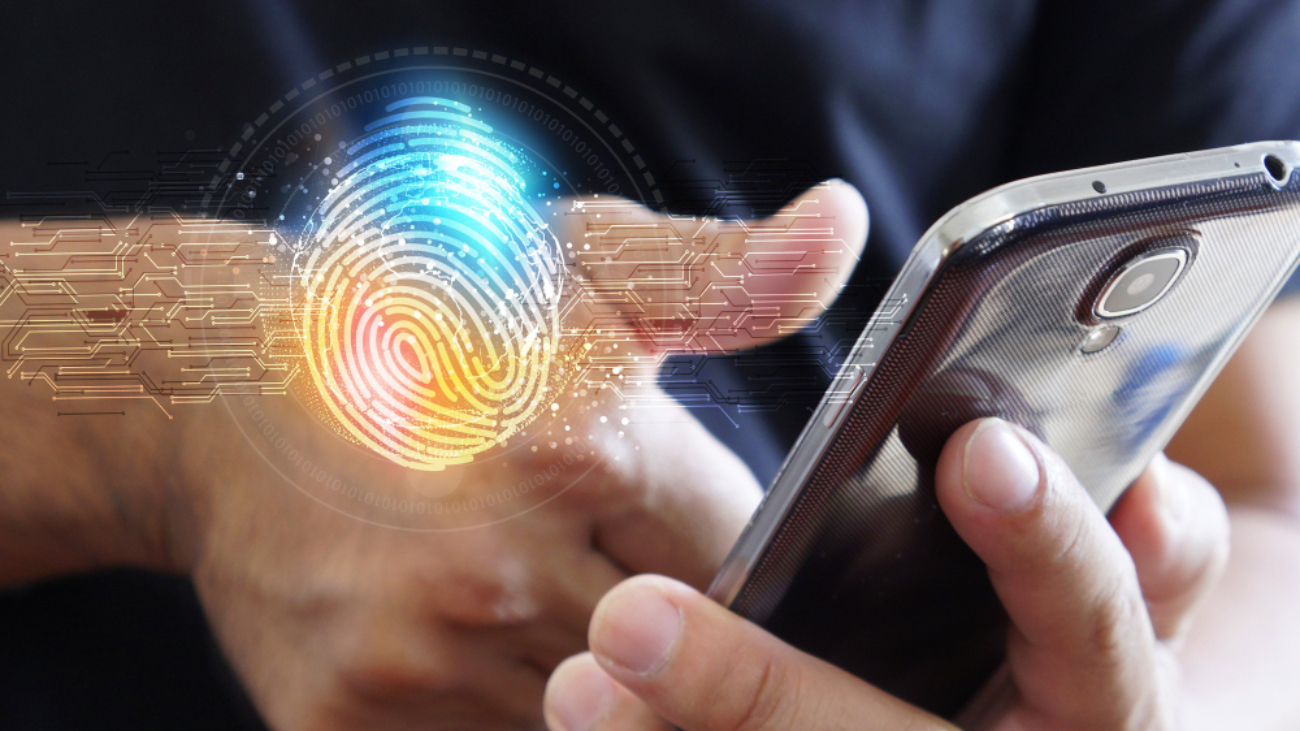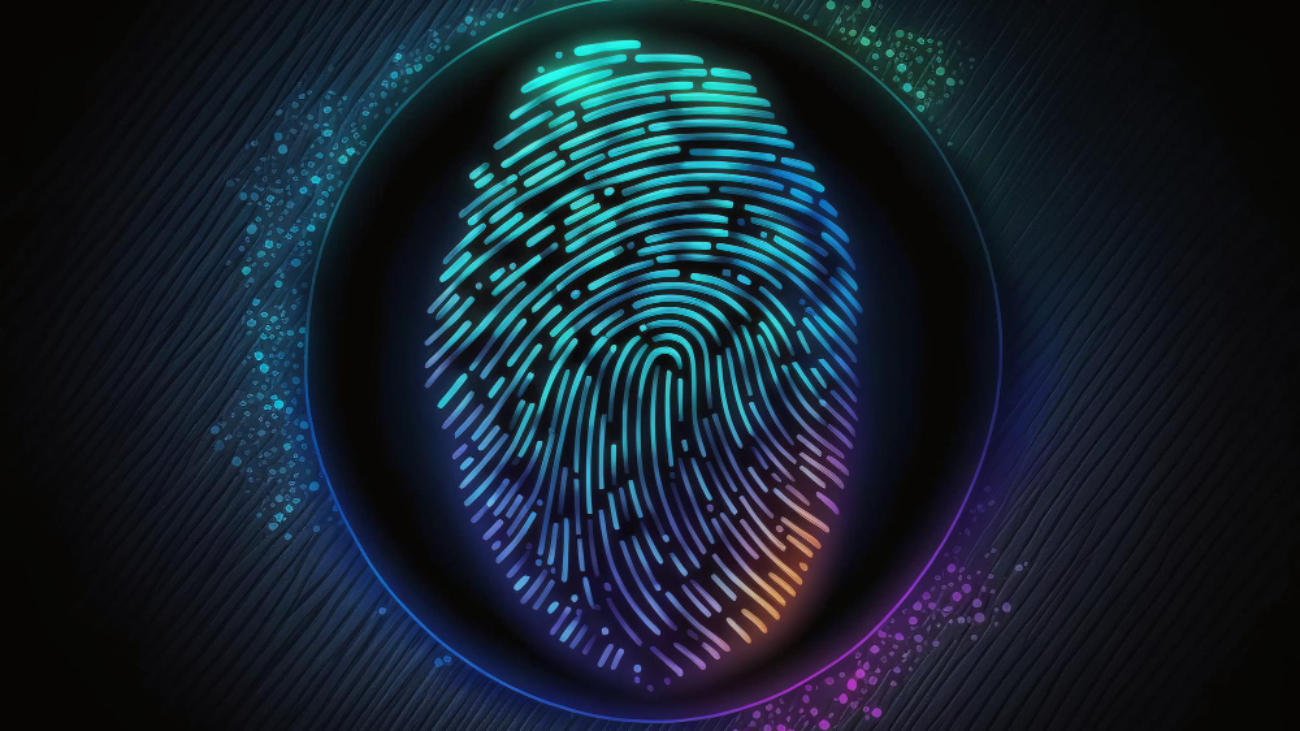We’re seeing the rise of deep fakes—hyper-realistic images or videos made by AI that depict people saying or doing things they actually didn’t do exclaimed Bahaa Abdul Hadi. This seriously challenges the security of facial recognition technologies now that they are used in a number of sectors such as security and banking. It doesn’t seem like these highly advanced technologies can be relied upon to accurately identify people when digital forgeries become increasingly real-looking.
The Emergence of Deepfakes
Deepfake technology, powered by artificial intelligence, makes it possible to create very realistic knock offs of real people.
Now deepfakes with machine learning algorithms behind them can change videos,images or sound recordings to change the appearance or even the voice of someone so that they appear as if they were doing something or saying it even if it was never actually done by themselves. In places where facial recognition is widely used for security and identity confirmation, this has become a major concern.
- Growing Threat: As deepfake technology gets better, it also poses an increasingly serious threat to systems depending on facial biometrics for identification.
- Fake Identities: Cyber criminals can use deepfakes to produce phony identities, bypassing facial recognition systems and entering unauthorized areas or accounts.
Deepfake Vulnerabilities in Facial Recognition
Facial recognition systems are designed to map and confirm a person’s unique facial features, the distance between his two eyes, the shape of her nose, what sort of chin line he has, etcetera.
These features are used to match against a stored database and establish that the person is who he or she claims to be. In the present day of more and more convincing deepfakes, however, facial recognition systems may have trouble telling natural images or videos from ones that have been manipulated.
- Altered Faces: Deepfakes are able to manipulate a human face in such a way that traditional facial recognition systems may not recognize it. To attacker with the right tools, they can also construct an synthetic image or video that matches the target person ‘s facial features, thereby convincing these systems to pass them through.
- Real-Time Threats: Making deepfakes on the fly adds an extra risk to systems using live facial recognition such as border security or surveillance. Attackers now have the potential to slip through real-time checks using deepfake technology impersonating someone.
Facial Recognition Technology as a Response
Facial recognition providers have recognized the threat of deepfakes and have begun to develop methods to counteract these attacks. Several techniques are being studied to further strengthen the security and precision of these systems:
- Liveness Detection: Liveness detection is a key defense mechanism, and one that simple deepfakes cannot simulate. This includes looking at subtle biological indicators such as eye movements, lip synchronization and even heart rate or breathing patterns which can be matched to those found in healthy live subjects to verify if the person is just an image or video that has been manipulated.
- Machine Authentication: In order to further tighten security, facial recognition systems are starting to be used in conjunction with other biometric modalities such as finger prints or speaker recognition. By using multiple forms of identification for authentication, the system becomes more difficult to fool with deepfakes.
Conclusion
While it is clear that deepfakes represent a real danger to facial recognition systems, ongoing developments in both biometric technology and AI-powered fraud detection mean that they are now far less threatening. With the introduction of liveness detection, the enhancement of AI algorithms, the combination of biometrics for multifactor authentication and so on, we believe these systems will become more robust against deepfake manipulation. Thank you for your interest in Bahaa Abdul Hadi blogs. For more information, please visit www.bahaaabdulhadi.com.







